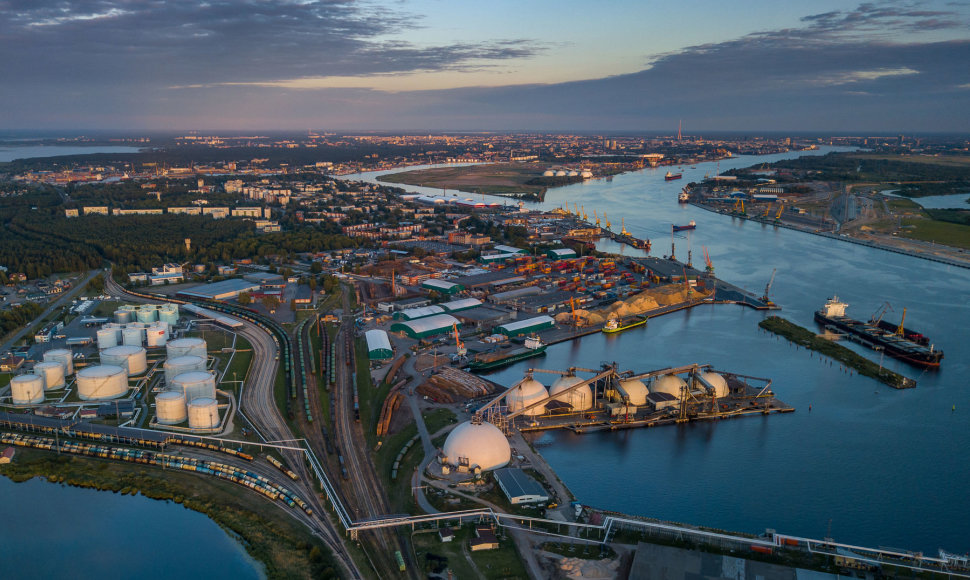All over the world, as well as in the port of Riga, the size of the vessels, calling the port, has grown during the last twenty-five years - the ships have become wider, longer, with a greater draft and gross tonnage. At the same time, the approach channel in the port of Riga has not been changed for some time,” said Arnis Šmits, the Riga port Harbour Master. “The widening and dredging of the channel will significantly foster the safety of navigation, improve the overall efficiency of vessel movement both in the canal and at berths, as well as make the port of Riga more attractive for such vessels as AFRAMAX (tankers with a length of up to 250 m and deadweight 80+thousand metric tons) and BABYCAPE (dry cargo bulk type vessels with a length of up to 260 m and deadweight 120+ thousand metric tons), ”explained the Harbour Master of the Port of Riga.
“This is an investment in the future development of the Port of Riga, strengthening the international competitiveness of the port companies,” said Ansis Zeltins, the Freeport of Riga CEO, emphasizing that one of the main tasks of the Freeport of Riga Authority is to take care of the management and development of the infrastructure transferred to its possession, as well as to ensure safe navigation in the port of Riga.
Jan De Nul nv is one of the world's largest dredging companies, which has already successfully operated in the Baltic Sea region. In total, the works were carried out for three months in several locations - Mangaļsala, Jaunmīlgrāvis, Krievu sala, Daugavgrīva and at the Sea gate. Within the framework of the project, approximately 753 thousand m3 of soil had been excavated at all dredging objects / sections, which was deposited in a dredged soil disposal site in the Gulf of Riga.
According to Vilis Avotins, Head of the Environment Unit of the Freeport of Riga Authority, the project has been carried out in accordance with the technical regulations and environmental requirements of the Lielrīga Regional Environmental Board of the State Environmental Service. “In order to minimize the project impact on different fish populations, the status of fisheries and restrictions related to fish spawning periods were taken into account. Prior to the commencement of the works, a chemical and eco-toxicological analysis of the soil was carried out in order to determine where the most suitable place for further storage of the dredged soil might be, ”added V.Avotins.












